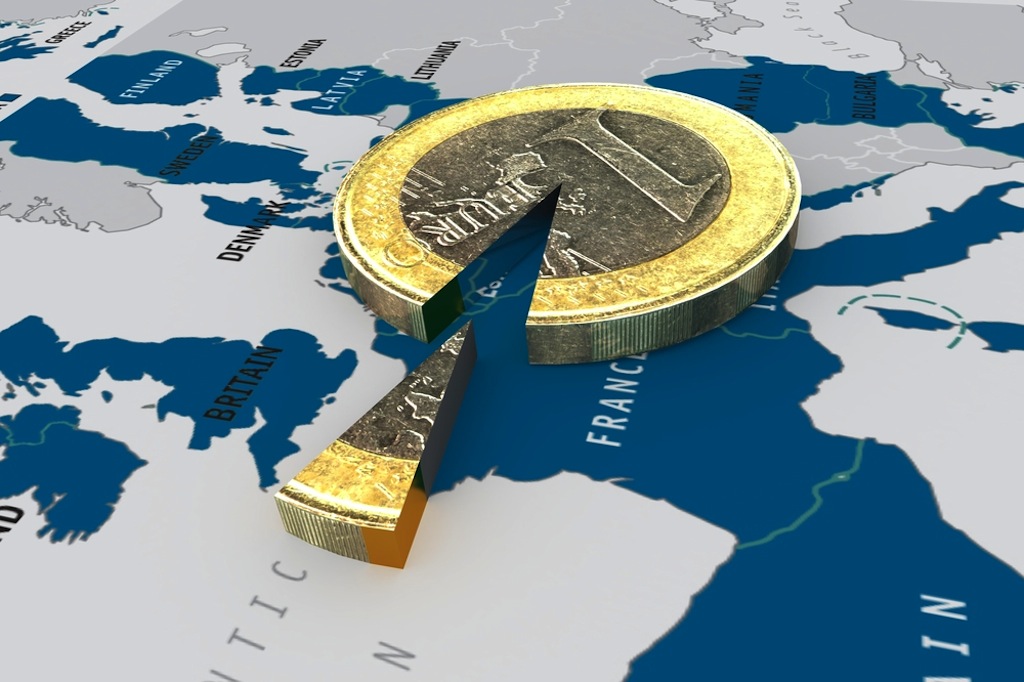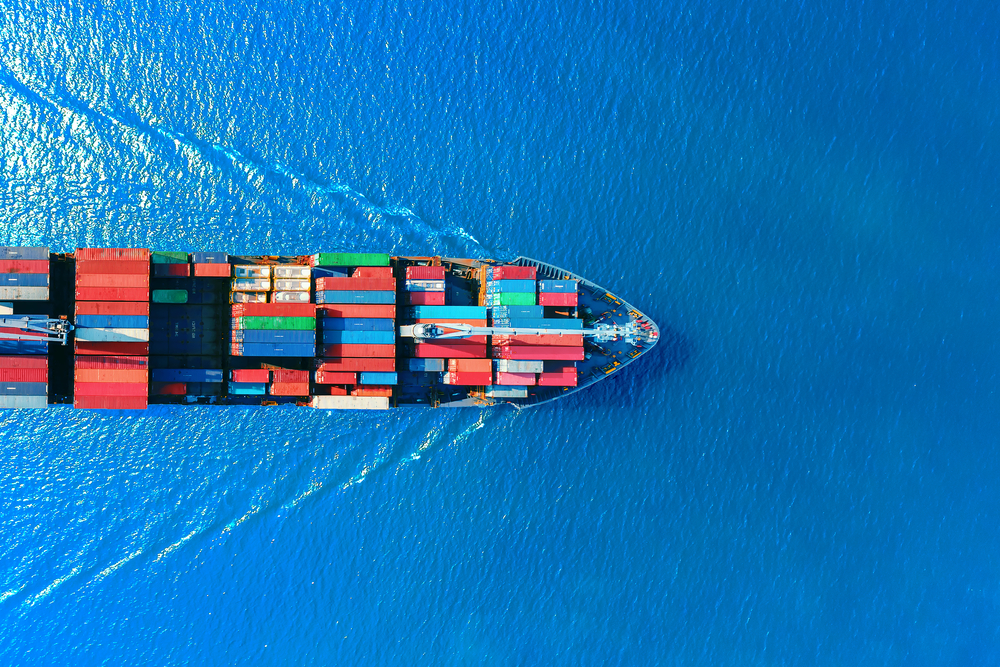48% of Irish businesses think it is easier today to run an international business than it was five years ago.
Seventy-four percent of Irish businesses are planning to expand into other countries within the next two years – despite global economic and political headwinds.
That’s according to a new report from Irish-led digital business Stripe which demonstrates how technology is diversifying international trade routes and creating greater access to the global economy for businesses of all sizes in Ireland.]
“Digital trade is creating opportunities for businesses to expand their total addressable markets, but success never comes easily”
Stripe’s report reveals that Irish businesses plan to expand in Europe (40%), South Asia (20%) and North America (20%) next.
The report found that software was the top industry selling internationally on Stripe in Ireland, with companies like Glofox and Trustap capitalising on growth opportunities abroad.
It also revealed that Ireland is the fastest-growing digital export destination for both Australia and the UK.
Export markets are ‘glowing’ up
Crucially the report – which draws on aggregated transaction data from the Stripe platform as well as surveys with 1,700 business leaders and 11,500 consumers across nine global markets – reveals how digital exports are levelling the playing field and allowing businesses of all sizes. These range from “single-person multinationals” to traditional offline industries such as education—to access global markets.
According to the Stripe report, 48% of Irish businesses think it is easier today to run an international business than it was five years ago. Only 26% find it harder to do so.
While the road to international success is nuanced, and the hyper-localized market expansion strategies needed to achieve this growth will not be easy to create or implement, businesses in Ireland feel there are fewer restrictions on how they operate today compared to the past. Almost fifty percent think it is easier to run an international business today than it was five years ago. Only 26% find it harder to do so.
“Fitness is a truly global industry which has become very homogenous,” said Anthony Kelly, co-founder at Glofox. “People taking a spin class in Ecuador are getting the same experience as gymgoers in London, Kuala Lumpur, and New York. This means global franchises want to make the entire fitness experience consistent, including payments. It’s not too difficult to have the same fitness content in different countries, but when you get into highly regulated areas like payments you can really see the differences between markets.”
Founded in Dublin, Glofox is a business management software platform for the fitness industry. Glofox uses Stripe Connect to build a white-labelled payments solution to make it easier for gyms and fitness studios across the world to start accepting payments and provide the best possible customer experience.
This optimism about the global economy also extends to consumers. A whopping eighty-three percent of Irish consumers are open to the cross-border purchase of physical goods, in comparison to 68% globally, and 72% are open to buying digital services.
Digital exports are leveling the playing field and allowing businesses of all sizes—from “single-person multinationals” to large and predominantly offline traditional enterprises—to access global markets.
83% of sole proprietor businesses in Ireland now sell internationally, heralding the rise of single-person multinationals. At the other end of the business spectrum, large traditional enterprises—often with thousands of employees—are leaning into cross-border expansion as well. From 2021 to 2022, there was a 28% growth in Ireland enterprises selling internationally via digital channels on Stripe. Globally, fifty percent of enterprises plan to expand further internationally in the next two years.
Traditional, offline industries—such as education—are also transforming in a digitized global economy. Eighty-eight percent of education businesses around the world sell internationally today, and 70% plan to expand further internationally in the next two years.
Economic infrastructure for the internet means businesses can participate in global trade, regardless of where they’re located. However, most businesses have barely begun to tap this potential.
While many of the fastest-growing digital export routes are between neighboring countries, there are striking exceptions. Ireland is the fastest-growing digital export destination for both Australia and the UK. Germany is the fastest-growing digital export destination for both the US and France.
The overall geographic scale of digital export routes is also broadening for all countries analyzed in the report. Based on Stripe transaction data from 2022, the top five digital export markets for all countries span across at least two continents. For Australia, Mexico, Singapore, the US, and the UK, the top five digital export markets stretch further, covering three continents.
“Digital trade is creating opportunities for businesses to expand their total addressable markets, but success never comes easily,” said Mike Clayville, chief customer officer at Stripe. “Businesses need simple financial infrastructure that just works, no matter where they sell to. Our findings show businesses are increasingly taking advantage of this potential—and that’s something to celebrate.”






